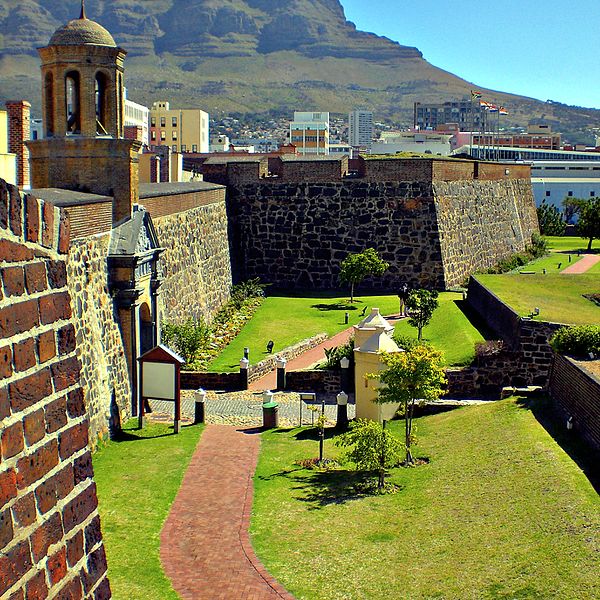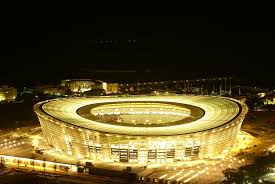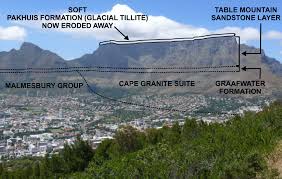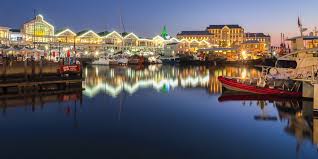
Fact vs Fiction BIM
BIM (Building Information Modeling) is a common topic in the construction industry. If you have been in the construction industry for more than 10 years, then you would most likely have experienced the conflicting points of view under the BIM Topic. However, with the hype and everyone’s conflicting input, its difficult to separate facts from half-truths, exaggerations and just plain fiction.
BIM in a nutshell involves the creation of intelligent 3D digital models to plan and manage construction projects. Compared to traditional drawings, BIM allows a much higher level of accurate and accessible information which is shared with stakeholders to make better and more efficient decisions. It goes well beyond fancy-looking digital pictures, seeing as it’s a process that impacts the construction project workflow as a whole, from initial estimating and bidding stages to completion and ongoing facility maintenance. This way of working transforms project delivery, construction, and design in several ways.
It is a collaborative process that allows architects, engineers, real estate developers, contractors, manufacturers, and other construction professionals to plan, design, and construct a structure or building within one 3D model.
Fiction
Common Fictional Points raised by sceptics and ill-informed naysayers (sourced from the Construction Timble and LIDAR News) :
BIM is not affordable due to the amount of money spent on software
BIM is time consuming as it consumes a lot more time to draw up plans in 3D
BIM is not suitable for smaller companies because its more suited for large projects which is handled by ‘Big’ companies
BIM affects job opportunities by phasing humans out of the construction industry roles
BIM doesn’t have a good return on Investment (ROI); its used for just the design and construction process and its too difficult to learn and not worth the effort or cost
At the other extreme, there are the so-called “experts” with their own exaggerated fictional points to oversell BIM :
BIM erases human error fully, therefore errors and inefficiencies disappear when adopting BIM
BIM increase profits, and it will INSTANTLY skyrocket profit margins
BIM will resolve every problem that’s ever plagued a project
Fact
BIM is beneficial to architects, designers, engineers, contractors, owners and/or the client – as published in the 14/02/2017 BIM article on LiDAR News web page.
It contains most of the data needed for building performance analysis.
BIM has a good return on investments (ROI). Some firms are concerned about the cost of incorporating BIM, however many report an incredible ROI; most BIM software manufacturers do not require purchase of annual subscriptions, and often provide low-cost monthly rental fees, so the cost involved in adopting BIM is reasonable. However, like with everything else in life, it helps to plan ahead – and approach it smartly by taking small steps when implementing BIM, choose steps appropriate for your company and take them one at a time, or run a BIM test on a pilot project to see how your firm does, which can then be used to prepare for BIM implementation
BIM is suitable for small, medium and large companies : classifying BIM as valuable for large firms/companies is a common misconception. Small firms/companies can benefit from collaboration and efficiencies of BIM even more that larger companies. BIM allows small firms to sell ideas more easily to clients with 3D visualization, it increases design accuracy and coordinates designs efficiently with other disciplines.
BIM is NOT just for the design and construction process : Owners can implement it in the project standards to benefit from post-construction features like asset management, facilities maintenance and overall building operations. BIM is future proof as the inevitability of software changes will not affect BIM data because it never expires
BIM can easily be mastered with the help of several free resources and tutorials available online; the software companies also provide both short and extensive tutorials, along with monthly training updates, and there are many short tutorial videos available to help overcome obstacles.
BIM improves design with the visualization of the finished product which produces more effective and elegant designs.
BIM allows clients to truly understand their buildings with dimensional accuracy to provide a sense of scale for clients to experience prior to building / renovation. This feature provides a true sense of what the space will feel and look like before hand, reducing misunderstandings, and it helps increasing energy efficiency by predicting power consumption and light use along with other similar factors.
BIM provides efficient data exchange to aid ongoing building management, tracking and predicting maintenance cost, reduce duplicate work, improve design accuracy, resolve issues instantaneously, save time by automating lower-value tasks, and ultimately allowing more time for design and client service.
I thought I had a pretty good grip on what BIM involves – how and for whom its beneficial – before I started this blog, when in reality I had it completely upside down and all my facts crossed.
It’s interesting how hearsay and individuals own personal opinions voiced as facts (their facts), distorts itself as true facts, essentially having your brain file away someone else’s personal opinion as truth, under the gullible notion of ‘they said its fact – so it must be so’.
Everyone has their own opinions and their own versions of truth from their point of view and position – which is great. Individuality is a gift – and it keeps us evolving. Just be careful that you don’t file away someone else’s truth as your truth
On that note, i am happy to report that at the end of my research through the half truths and actual truths surrounding BIM I feel confidently educated – and may I dare to say impressed.
Its a nifty tool that can be as great, beneficial and as profitable as the person wielding it chooses for it to be. At the end of the day, irrespective of how hi-tech or revolutionary something is, it depends just as much on how well its used for your benefit. Put half efforts in and get scraps back – that’s the way of the universe.
Fun BIM Facts:
Did you know? The concept of BIM has been in development since the 1970s, but it only became an agreed term in the early 2000s.
BIM is a relatively new technology in an industry typically slow to adopt change.
BIM software is used by individuals, businesses and government agencies who plan, design, construct, operate and maintain buildings and diverse physical infrastructures, such as water, refuse, electricity, gas, communication utilities, roads, railways, bridges, ports and tunnels.
MLIT announced ” BIM will be mandated for all of its public works from the fiscal year of 2023, except those having particular reasons”. – FactSnippet No. 995,864 – en.wikipedia.org
Fact or Fiction: Building and Construction
1. Concrete and mixed rubble make up nearly 50% of all building-related construction and demolition debris.
Fact: While concrete and mixed rubble make up nearly 50% of all demolition debris, wood constitutes 20 to 30% of the construction waste stream.
2. Plastics make up 5% of construction waste.
Almost Fact: Plastics actually make up a fraction of all construction waste. The total ranges from 1 to 5%.
3. About 14 tons of concrete are used in constructing a typical 2,085-square-foot home.
Fact: A home of that size requires about 14 tons of concrete during construction — most of it for its foundation.
4. It’s possible to recycle dirt.
Fact: Soil can be recycled as a landfill cover or as soil for farming.
5. Spent foundry sand can be used as an aggregate in concrete.
Fact: The sand from iron, steel or aluminium foundries is not hazardous and can be recycled as an ingredient in cement.
6. Some homes are made out of recycled bottles.
Almost Fact: Plastic lumber made from recycled bottles can be used in building benches and other outdoor structures.
7. According to the EPA, construction materials that are most frequently recycled include shingles, plastic piping and glass.
Fiction: Concrete, asphalt, metals and wood are the materials most frequently recovered and recycled from construction sites.
8. Concrete is a mixture of sand and steel.
Fiction: Concrete is a manufactured mixture of cement and water, with pieces of sand and stones mixed in. It hardens to a solid form that is fire-resistant, and it can be poured into moulds to create many different shapes.
9. Plywood is made of multiple layers of wood.
Fact: Layers of thinly sliced wood glued together to form the versatile building material called plywood. Each layer, or ply, is placed with its grain at right angles to neighbouring layers.
Sources:
Constructible
Lidar News
Fact Snippet
How Stuff Works
To view more Articles, please visit our Leads 2 Business Blog.
If you are interested in becoming one of our subscribers, please visit Leads 2 Business.
To view notes with screenshots on how to use our website, please visit Leads 2 Business Wiki.
About Jackie Van Zyl
My epic journey at Leads 2 Business started September 2008, as a Researcher / Data Capturer in the Tenders Africa Department. I joined Customer Relations in 2011, where I have had the great pleasure of being part of the Dynamic L2B Admin Department [From 2011 to present]. I deal with the Registration and Administration details of New Account Activations, and Existing Account Upgrades, etc. I also assist with client & staff queries. I’m a ‘think-out-of-the-box’ individual and an excellent problem solver. I am hardworking, meticulous, efficient, friendly and always happy to help! I look forward in assisting you with any queries you might have


















